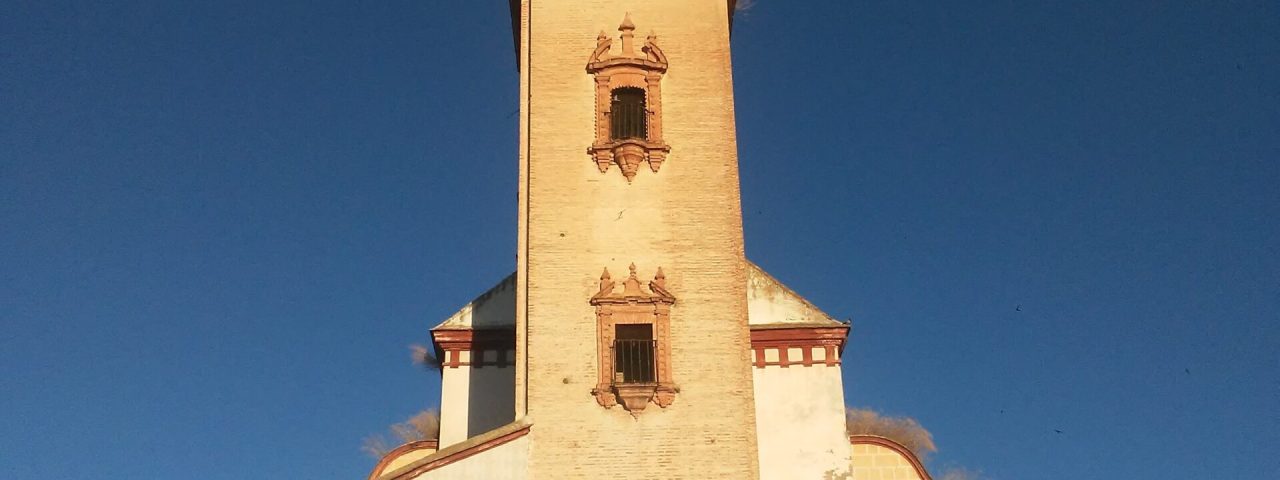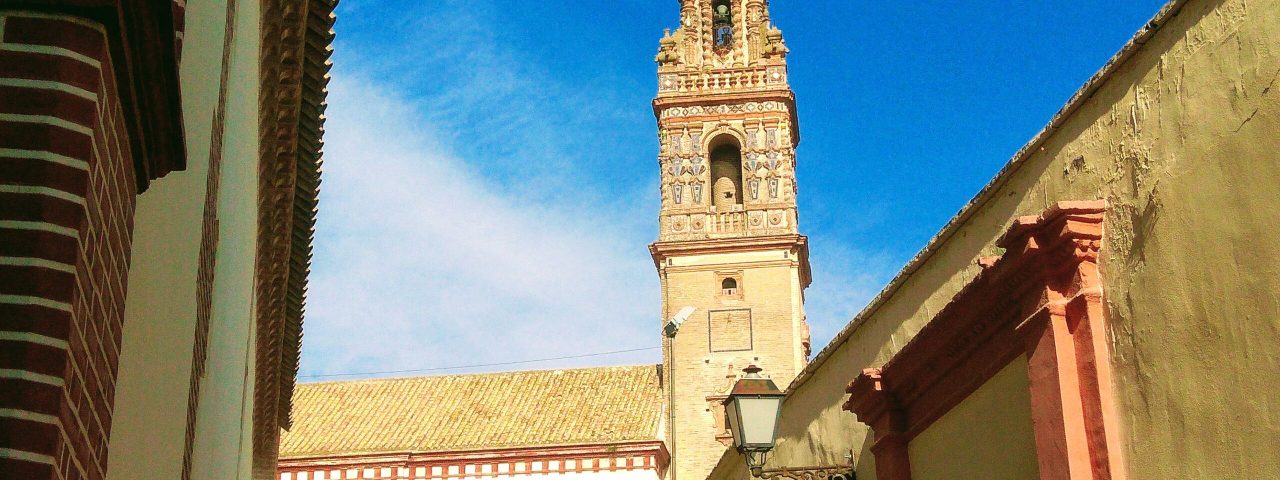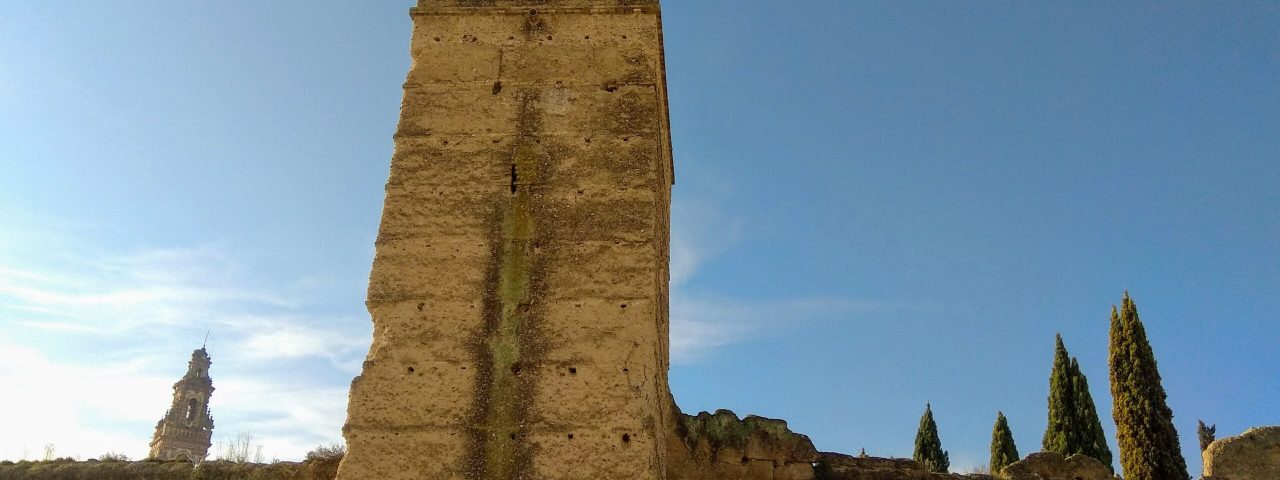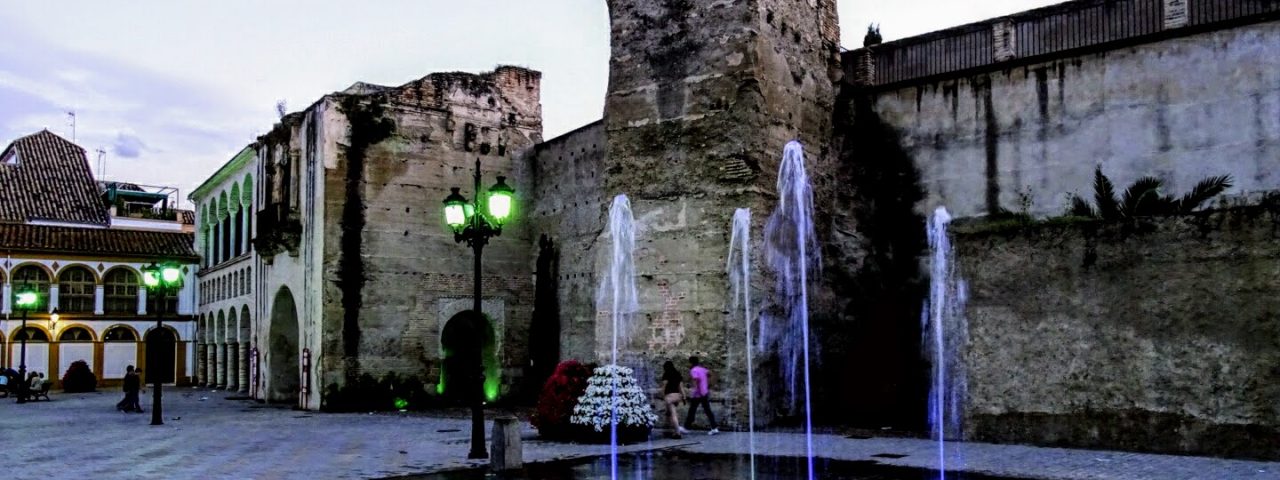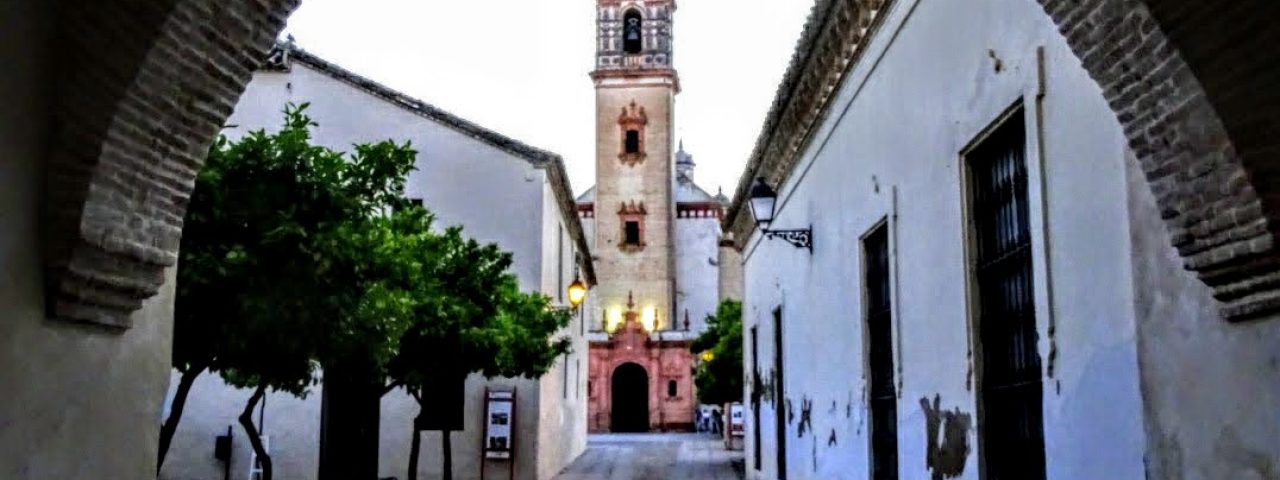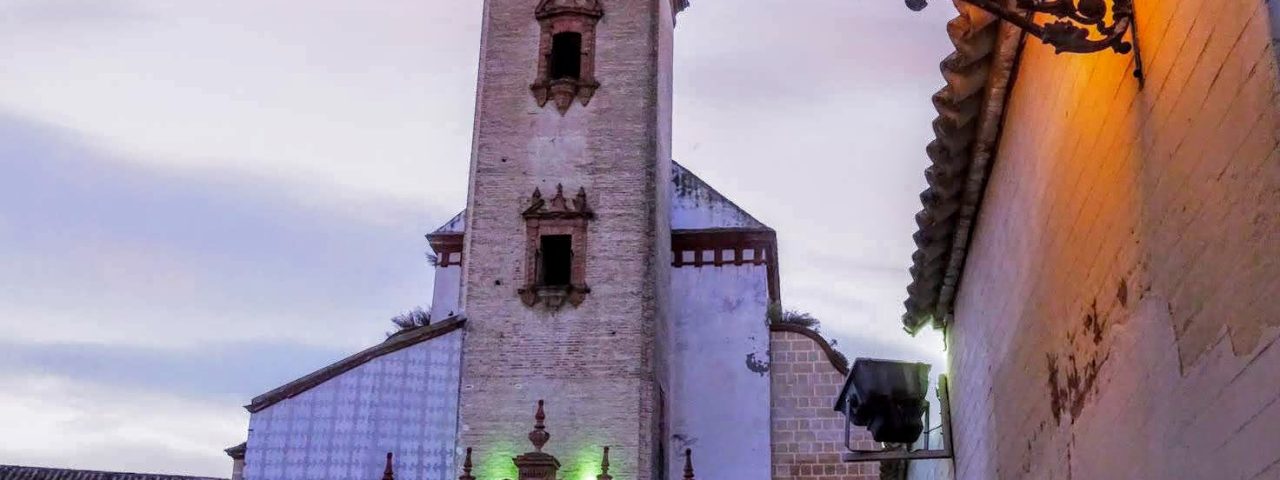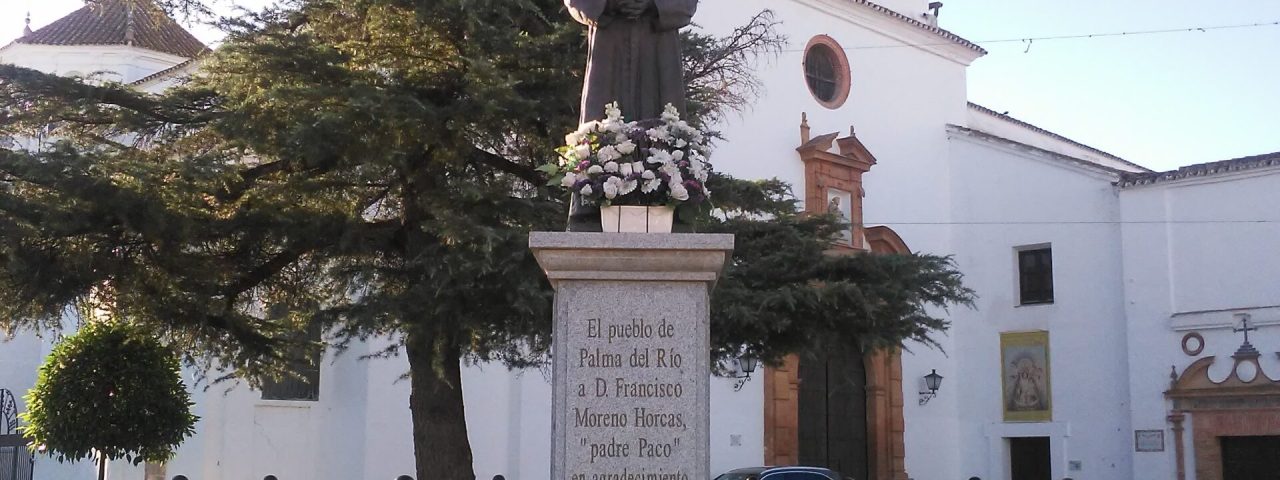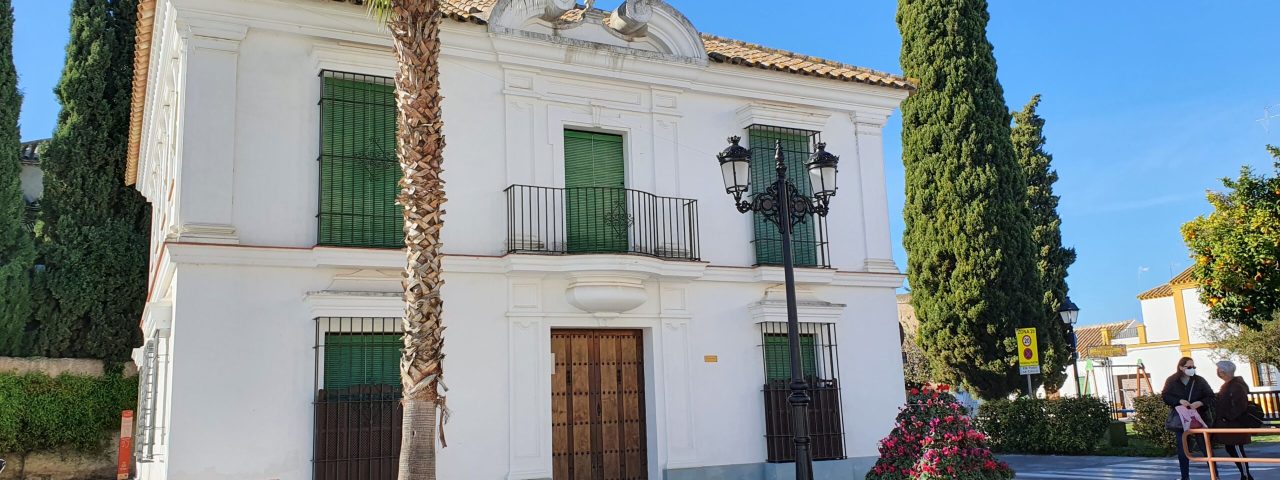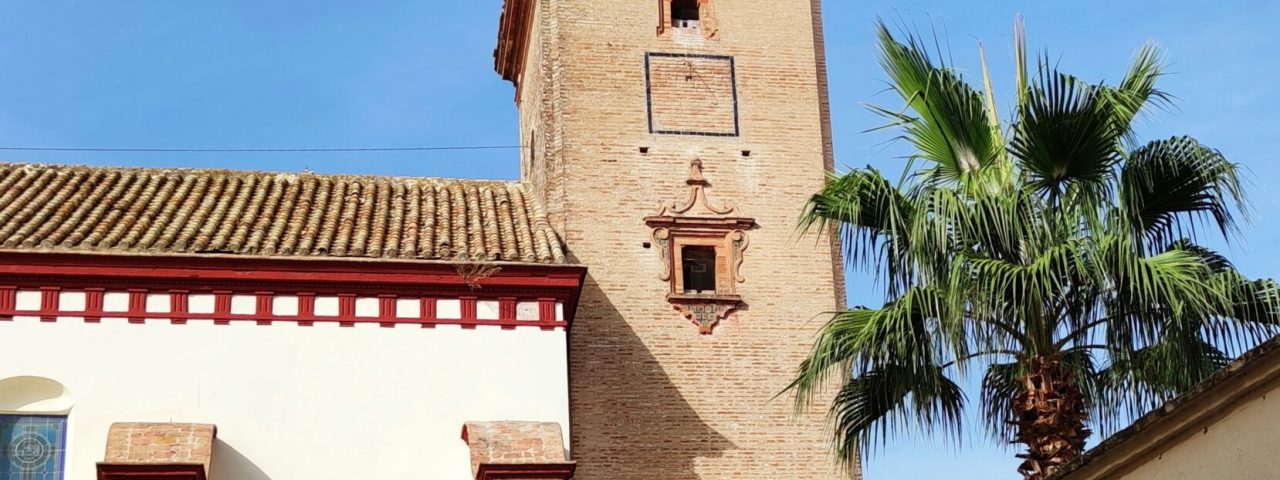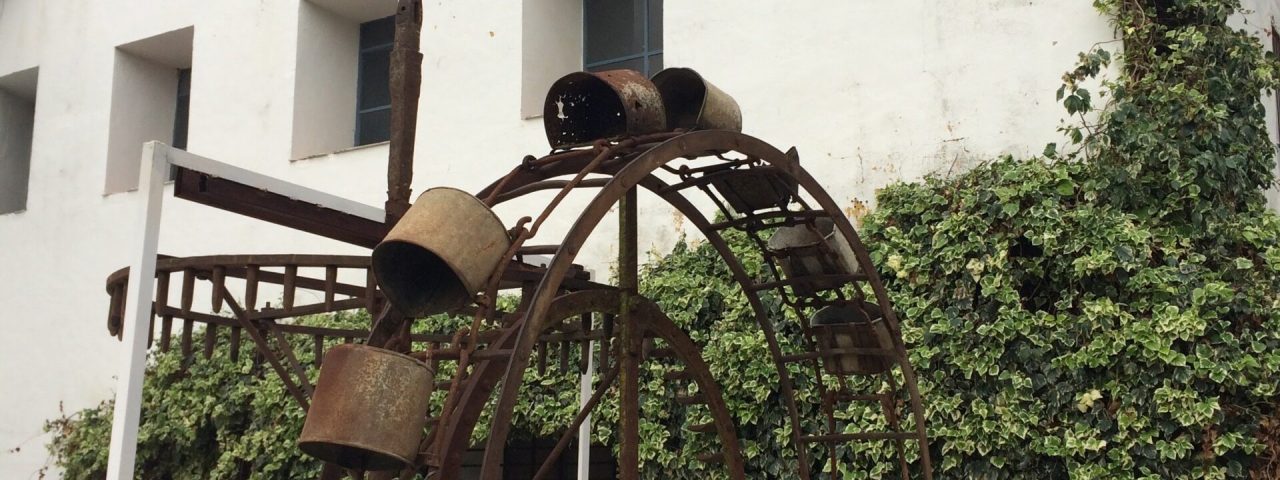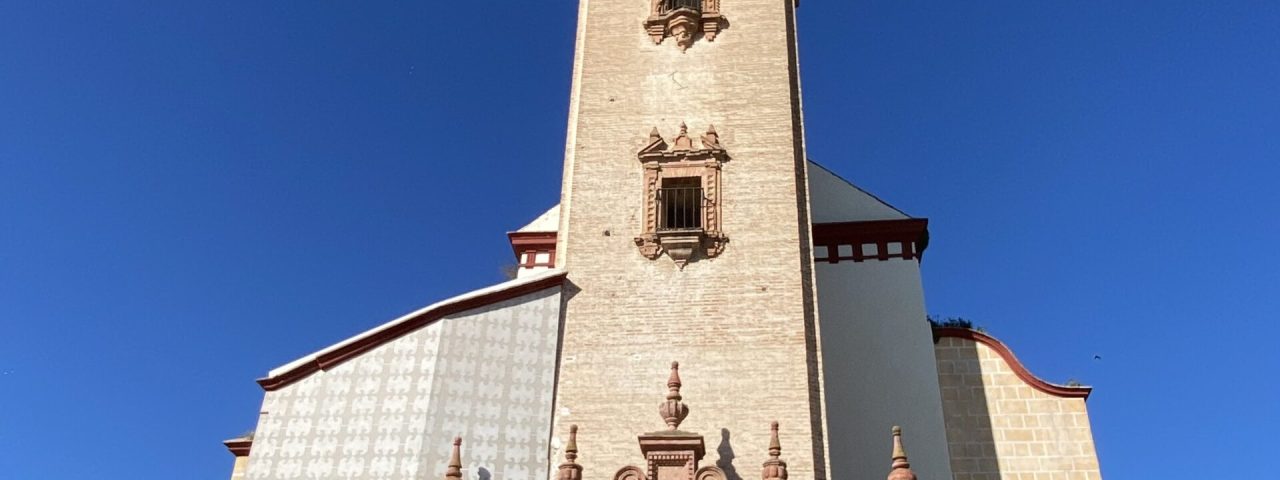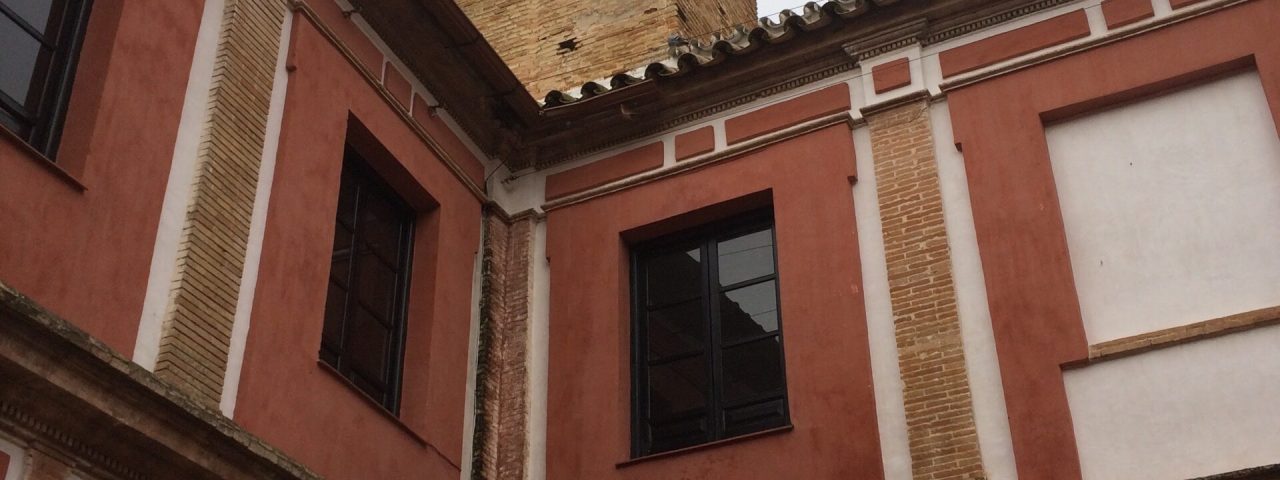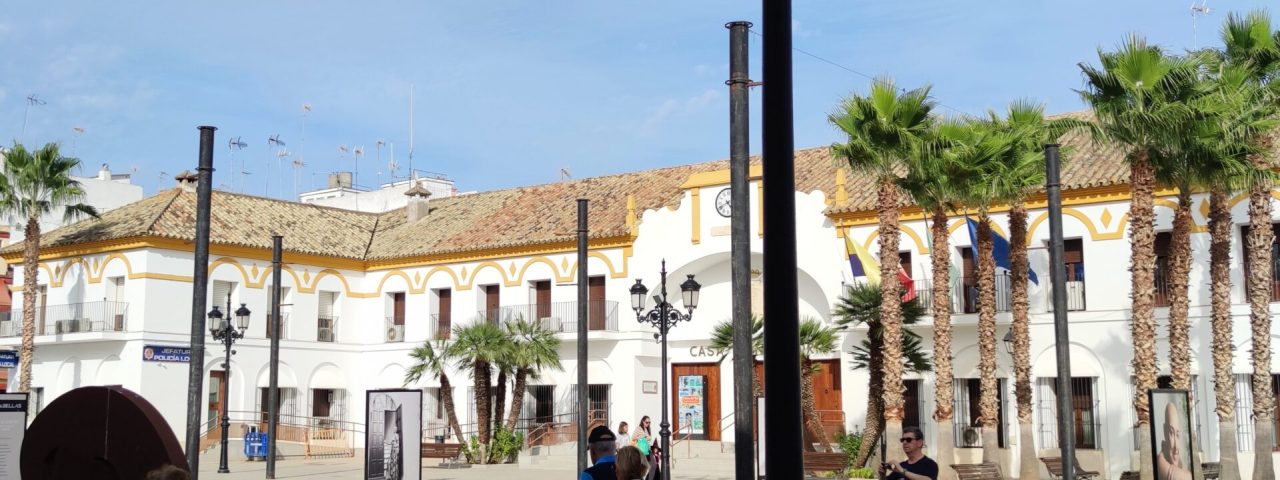Palma del Río boasts a rich history that stretches back to Roman times, though its most profound historical influences came during the Moorish occupation of Spain. The city flourished under Muslim rule, and many of its historical landmarks, such as the city walls, owe their origins to this period. Following the Christian Reconquista in the 13th century, Palma del Río saw a melding of Moorish and Christian architectural styles, which can still be admired today.
Culturally, Palma del Río is a vibrant hub, known for its deep-rooted Andalusian traditions. The city is famous for its celebration of Semana Santa (Holy Week), where grand religious processions take to the streets, blending pageantry with solemnity. Another highlight of the city’s cultural calendar is the Feria de San Sebastián, a lively local festival celebrated in January, featuring parades, live music, flamenco performances, and culinary delights.
Traditions such as bullfighting and flamenco are integral to Palma del Río’s cultural identity, with many of Spain’s most famous matadors and flamenco dancers having trained or performed in the city. Visitors can immerse themselves in these aspects of Andalusian life, making the city an ideal destination for those interested in Spain’s cultural heritage.
